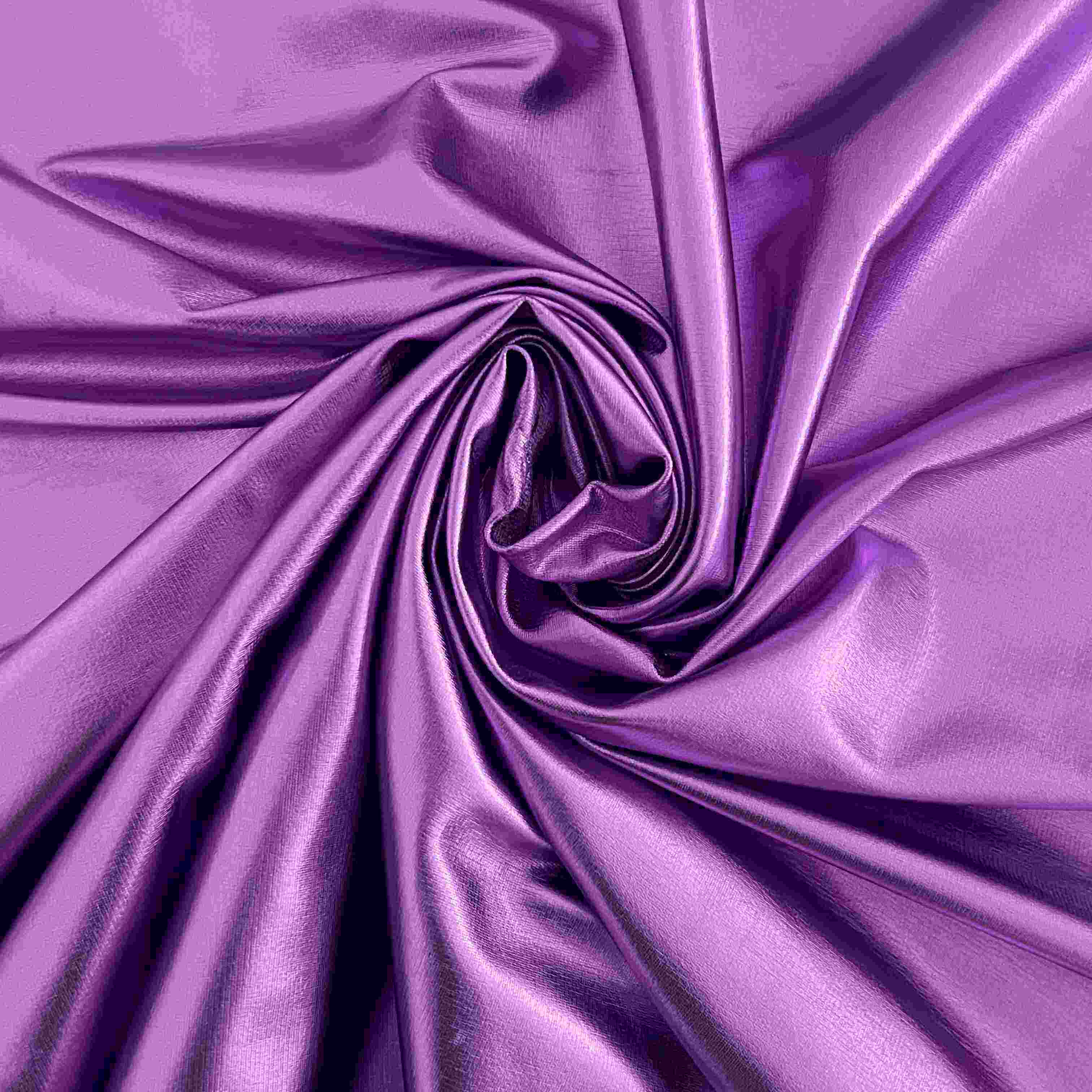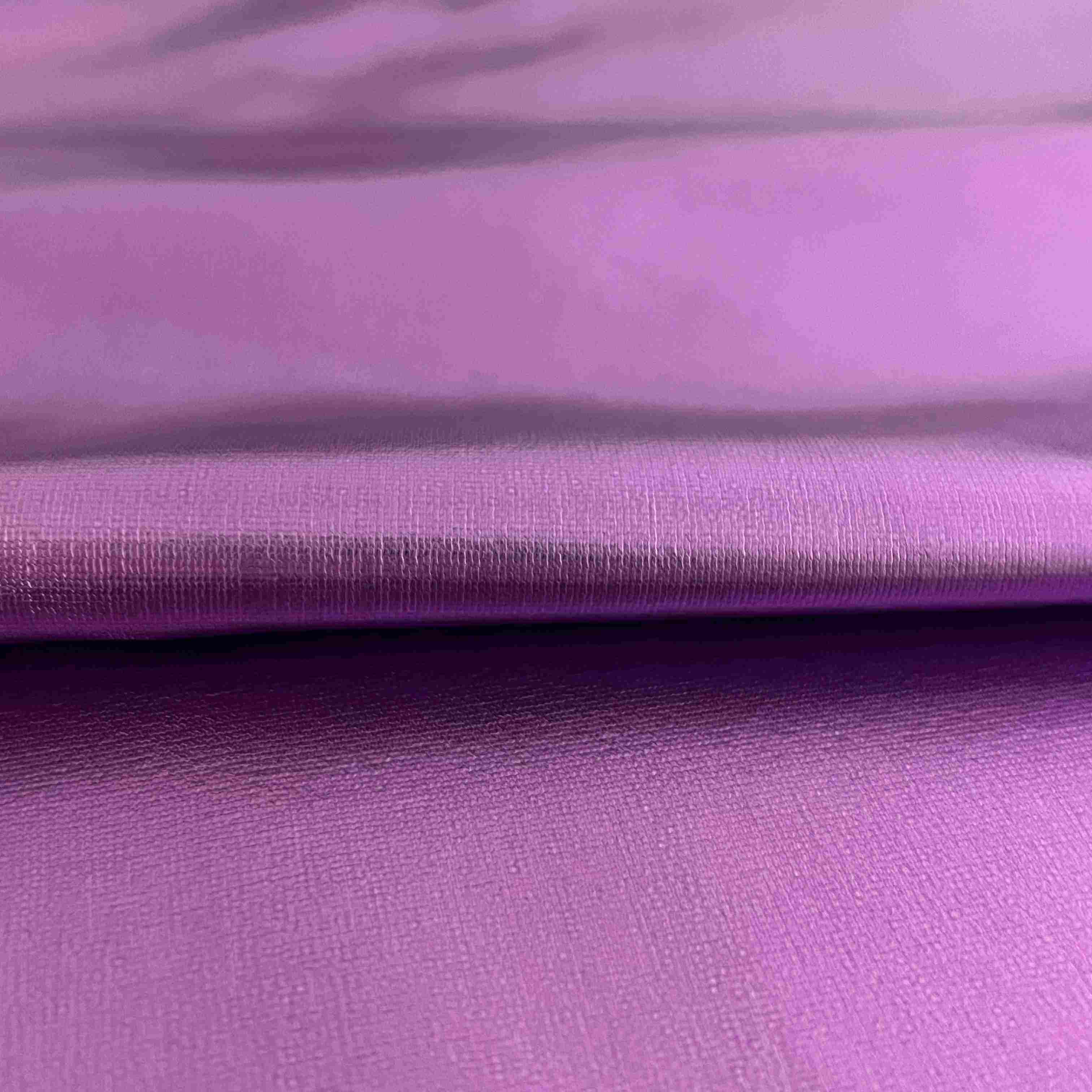Eco-Friendly Fabrics: The Future of Sustainable Fashion
The fashion industry has long been known for its glitz and trends, but behind the scenes, it’s one of the most harmful industries for the planet. From massive water use to toxic chemical pollution and mountains of waste, traditional fashion practices take a heavy toll on the environment. But change is coming, and at the heart of this shift are eco-friendly fabrics. These sustainable materials are redefining what fashion can be—proving that style and sustainability can go hand in hand. As consumers, brands, and manufacturers increasingly prioritize the planet, eco-friendly fabrics are set to become the foundation of the future of sustainable fashion. Let’s explore why they matter, how they’re transforming the industry, and what lies ahead.
The Problem with Traditional Fashion
To understand why eco-friendly fabrics are so crucial, we first need to look at the damage caused by traditional fashion. Conventional fabrics like non-organic cotton, polyester, and nylon are major culprits.
Take conventional cotton, for example. It’s one of the most widely used fabrics in fashion, but growing it requires huge amounts of water—about 20,000 liters to produce just one kilogram of cotton, enough for a single pair of jeans and a t-shirt. It also relies on synthetic pesticides and herbicides, which poison soil and waterways, harming wildlife and human health.
Synthetic fabrics like polyester are no better. Made from oil, they release microplastics into water every time they’re washed—trillions of these tiny plastic pieces end up in oceans each year, harming marine life. What’s more, the fashion industry produces over 92 million tons of textile waste annually, much of which ends up in landfills, where synthetic fabrics take centuries to decompose.
These issues have sparked a global call for change. Consumers are asking more questions about where their clothes come from, and brands are under pressure to clean up their act. The answer, increasingly, lies in eco-friendly fabrics.
What Makes Eco-Friendly Fabrics Different
Eco-friendly fabrics are designed to minimize harm at every stage—from growing or making the raw materials to producing the fabric, using it, and eventually disposing of it. They focus on three key areas: reducing resource use, avoiding toxic chemicals, and cutting down on waste.
For example, organic cotton is grown without synthetic pesticides or excessive irrigation, using 91% less water than conventional cotton. Hemp, another eco-friendly fabric, grows quickly with little water and no pesticides, and it even improves soil health. Recycled polyester, made from plastic bottles and old clothes, keeps waste out of landfills and uses far less energy than making new polyester.
Many eco-friendly fabrics are also biodegradable, meaning they break down naturally when thrown away. Linen, made from flax, and organic wool are good examples—unlike synthetic fabrics, they don’t leave harmful residues in the environment.
What truly sets eco-friendly fabrics apart is their ability to meet the needs of fashion while respecting the planet’s limits. They prove that fashion doesn’t have to be destructive.

How Brands Are Embracing Eco-Friendly Fabrics
Major fashion brands are starting to lead the way, showing that eco-friendly fabrics are not just a niche trend but a viable business model.
Patagonia, a pioneer in sustainable fashion, has long used recycled polyester in its outdoor gear and organic cotton in its clothing. The brand also encourages customers to repair and reuse their clothes, extending the life of products made with eco-friendly fabrics.
Stella McCartney, a luxury fashion house, has built its brand around sustainability, using eco-friendly fabrics like organic cotton, recycled polyester, and even innovative materials like mushroom leather. McCartney proves that luxury and sustainability can coexist, with eco-friendly fabrics forming the core of her designs.
Fast fashion brands, too, are starting to make changes. H&M, for example, has a “Conscious Collection” that uses organic cotton, recycled polyester, and other eco-friendly fabrics. While fast fashion still has a long way to go, integrating these materials is a step in the right direction.
These brands aren’t just doing good—they’re also seeing business benefits. Consumers are willing to pay more for sustainable products, and using eco-friendly fabrics helps brands attract and retain environmentally conscious customers. As demand grows, more brands are investing in eco-friendly fabrics, creating a ripple effect across the industry.
Innovations in Eco-Friendly Fabrics
The future of sustainable fashion will be driven by new innovations in eco-friendly fabrics. Scientists and designers are developing materials that are even more sustainable, versatile, and stylish than existing options.
One exciting development is fabric made from food waste. Companies are turning orange peels, pineapple leaves, and even coffee grounds into fibers that can be woven into fabric. These materials reduce food waste (which contributes to greenhouse gas emissions) and require few resources to produce.
Another breakthrough is lab-grown fibers. Instead of relying on plants or animals, these fabrics are made in labs using bacteria or yeast. For example, some companies produce spider silk in labs—a strong, lightweight material that requires no farming or pesticides. Lab-grown fibers can be designed to be biodegradable and use minimal water and energy.
Recycling technology is also improving. New methods allow blended fabrics (like cotton-polyester mixes, which are hard to recycle) to be broken down and reused, making it easier to turn old clothes into new ones. This could drastically reduce textile waste and the need for new resources.
These innovations show that eco-friendly fabrics have endless potential. As technology advances, we’ll see even more creative, sustainable materials that push the boundaries of what fashion can be.
The Role of Consumers in Shaping the Future
Consumers hold a lot of power in driving the shift to eco-friendly fabrics. Every time you choose a shirt made from organic cotton over conventional cotton, or a jacket made from recycled polyester over new polyester, you send a message to brands that sustainability matters.
But being a conscious consumer isn’t just about buying eco-friendly fabrics—it’s also about making the most of what you already own. Mending clothes, swapping with friends, and buying secondhand all extend the life of garments, reducing the need for new production. When you do buy new, looking for certifications like GOTS (Global Organic Textile Standard) or GRS (Global Recycled Standard) ensures you’re getting truly eco-friendly fabrics.
Education is also key. Learning about the impact of different fabrics helps you make informed choices. For example, knowing that hemp is more sustainable than conventional cotton might influence your next purchase. Sharing this knowledge with others spreads awareness and builds demand for eco-friendly fabrics.
Challenges and How to Overcome Them
While the future looks bright, eco-friendly fabrics still face challenges that need to be addressed.
One major issue is cost. Eco-friendly fabrics are often more expensive to produce than traditional fabrics, making sustainable fashion less accessible to some consumers. However, as demand grows and technology improves, prices are expected to drop. Brands can also help by offering more affordable sustainable options and being transparent about why eco-friendly fabrics cost more.
Another challenge is scalability. Producing eco-friendly fabrics on a large enough scale to meet global fashion demand is tricky, especially for new innovations. Investing in infrastructure—like more factories equipped to process recycled materials or grow sustainable crops—will be crucial. Governments can play a role here by offering incentives for sustainable production.
Finally, greenwashing—when brands falsely claim their products are eco-friendly—can confuse consumers. Stronger regulations and clearer labeling (like mandatory certifications) can help consumers trust that the fabrics they’re buying are truly sustainable.
FAQ
Are eco-friendly fabrics less durable than traditional fabrics?
No, in fact, many eco-friendly fabrics are more durable. Hemp and organic cotton, for example, hold up well to washing and wear, often lasting longer than conventional fabrics. This durability means you need to replace them less often, saving money and reducing waste.
Can eco-friendly fabrics be as stylish as traditional ones?
Absolutely. Brands are using eco-friendly fabrics to create trendy, high-quality clothing, from sleek dresses made from Tencel to stylish jeans made from hemp. Innovations in eco-friendly fabrics are also leading to new textures and designs that are anything but boring.
Will eco-friendly fabrics ever be as cheap as traditional ones?
As production scales up and technology improves, eco-friendly fabrics are likely to become more affordable. Already, some eco-friendly options, like recycled polyester, are comparable in price to new polyester. Over time, as demand grows, the gap will continue to narrow.
How do I know if a brand is using real eco-friendly fabrics?
Look for third-party certifications like GOTS, GRS, or OEKO-TEX. These labels verify that the fabric meets strict environmental and ethical standards. Brands that are transparent about their supply chains—sharing where and how their fabrics are made—are also more likely to be trustworthy.
What’s the most eco-friendly fabric for everyday clothes?
It depends on the use, but organic cotton, hemp, and Tencel are great choices for everyday wear. They’re soft, breathable, and sustainable. For activewear, recycled polyester is a good option because it’s durable and moisture-wicking.
Table of Contents
- The Problem with Traditional Fashion
- What Makes Eco-Friendly Fabrics Different
- How Brands Are Embracing Eco-Friendly Fabrics
- Innovations in Eco-Friendly Fabrics
- The Role of Consumers in Shaping the Future
- Challenges and How to Overcome Them
-
FAQ
- Are eco-friendly fabrics less durable than traditional fabrics?
- Can eco-friendly fabrics be as stylish as traditional ones?
- Will eco-friendly fabrics ever be as cheap as traditional ones?
- How do I know if a brand is using real eco-friendly fabrics?
- What’s the most eco-friendly fabric for everyday clothes?
